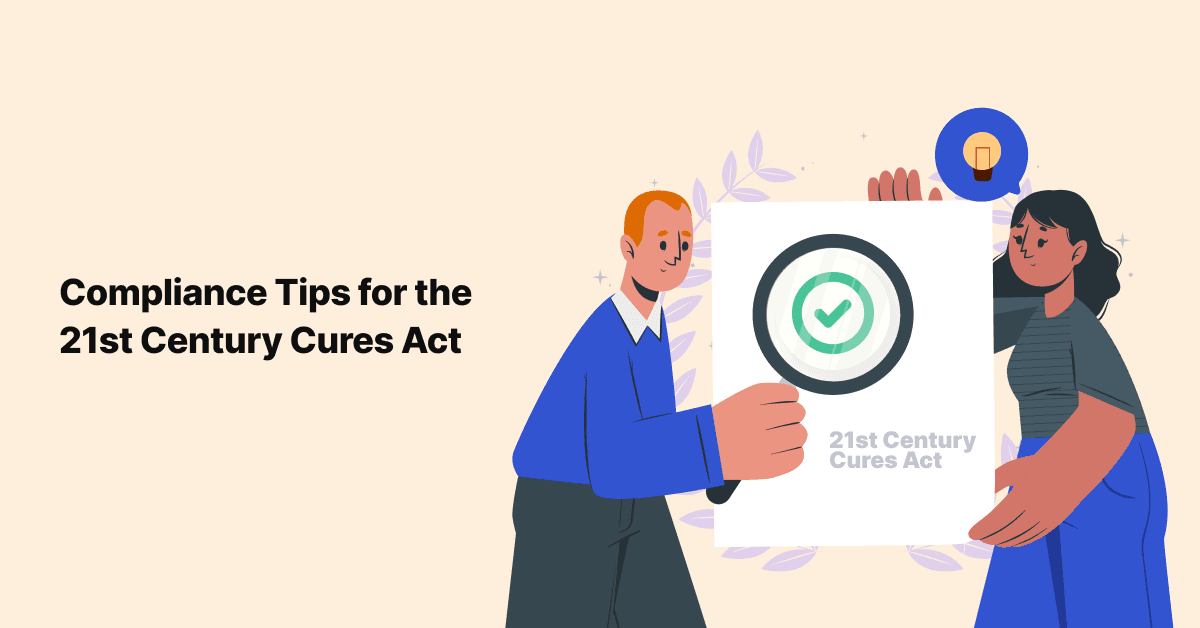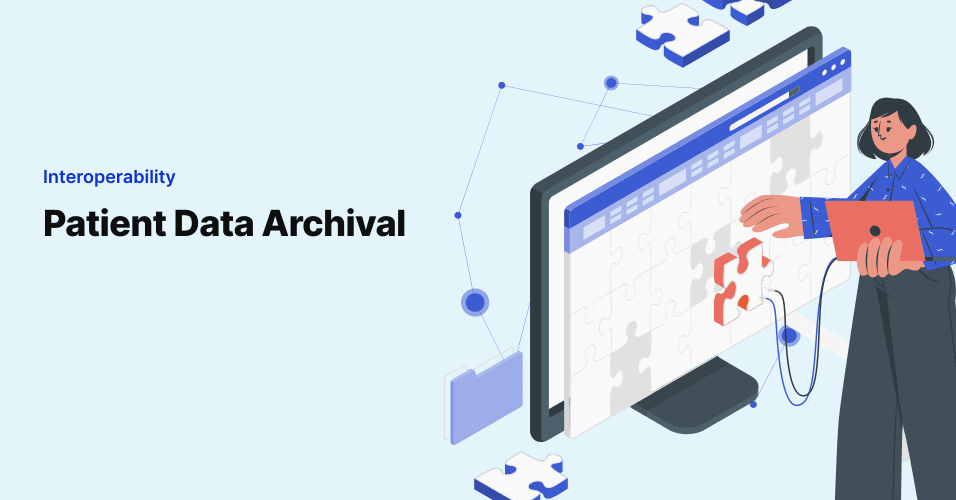
The 21st Century Cures Act Compliance Tips for Providers and Payers
The 21st Century Cures Act (“Cures Act”) was signed into law in December of 2016 with authorized funding of …

On January 19, 2022, the office of the National Coordinator for Health Information Technology (ONC) introduced version 1 of the Trusted Exchange Framework and Common Agreement (TEFCA) and Qualified Health Information Networks (QHIN) technical framework. TEFCA is like a catalyst for the ONC’s Final Rule, where ONC’s Final Rule focuses on streamlining the exchange and access to health information.
Through this article, you will be able to explore:
One of the main aims of the Trusted Exchange Framework and Common Agreement (TEFCA) is to bring together the best-learned practices by establishing a framework for Qualified Health Information Networks (QHINs). QHINs would be able to share all the information with each other and accomplish interoperability. In order to achieve this, TEFCA emphasized bringing different Health Information Networks (HINs) together under one umbrella and called it a Recognized Coordinating Entity (RCE). These different health networks would connect with each other to share and exchange information, thereby facilitating the process of accessing and exchanging health information.
The commercial payers and the government would offer incentives to the providers so that they participate in a QHIN. It would be more of a form of encouragement for the providers rather than a mandate. Health plans might also just decide to contact only those providers who could connect with a QHIN. Patients would be another driver. People have a tendency to want to manage their own information about health. This is a trend that has grown since the COVID-19 pandemic. Some patients, especially those from rural areas, need to travel a long way outside their care communities. Hence it is important for them to gain full access to their medical records.
The Trusted Exchange Framework focuses on creating governance and technical infrastructure that connects the HINs together through a Qualified Health Information Networks (QHIN) core.
The functions of Health Information Networks (HINs) include the following:
The HIN that would be considered under TEFCA is referred to as Qualified HIN. It would be providing a service called - Connectivity Broker.
The functions of Connectivity Broker involve:
The QHIN would have sub-participants and participants affiliated with them, and they would in turn connect with each other through QHIN to access other organizations and cfcheck whether or not it is included in their QHIN. Participants include HINs, EHR vendors, and other types of organizations.
In August 2019, the Sequoia Project was awarded by the ONC as the RCE. The Sequoia published a draft of the QHIN Onboarding and Designation Standard Operating Procedure on May 16, 2022, and the RCE sought feedback on this draft upon its release. Virtual events, individuals, and organizations chose to submit written feedback to the RCE, apart from additionally engaging the RCE through the public.
The single umbrella under which all the HINs would be brought together, i.e., RCE or Recognized Coordinating Entity, would coordinate with ONC for the following purposes:
The program would be funded at $900,000 for the first year, with additional funding in the years to come. This would be contingent upon the fund availability and how satisfactorily the milestones are reached.
TEFCA aims in scaling interoperability both procedurally and technologically. The thoughts and efforts put behind this agreement are both laudable and impressive. However, it must be kept in mind that healthcare leaders must stay updated with the TEFCA developments. They should keep focusing on long-term goals as well as the positive outcomes of TEFCA participation, such as lowering care costs, eliminating care gaps, and delivering the optimum care for patients.
Join over 3,200 subscribers and keep up-to-date with the latest innovations & best practices in Healthcare IT.

The 21st Century Cures Act (“Cures Act”) was signed into law in December of 2016 with authorized funding of …

According to Gartner, 83% of data migration projects either fail or exceed their budgets and schedules. This …

Currently, we are experiencing the important need to fight and reduce the spread of Covid-19. Appropriate …